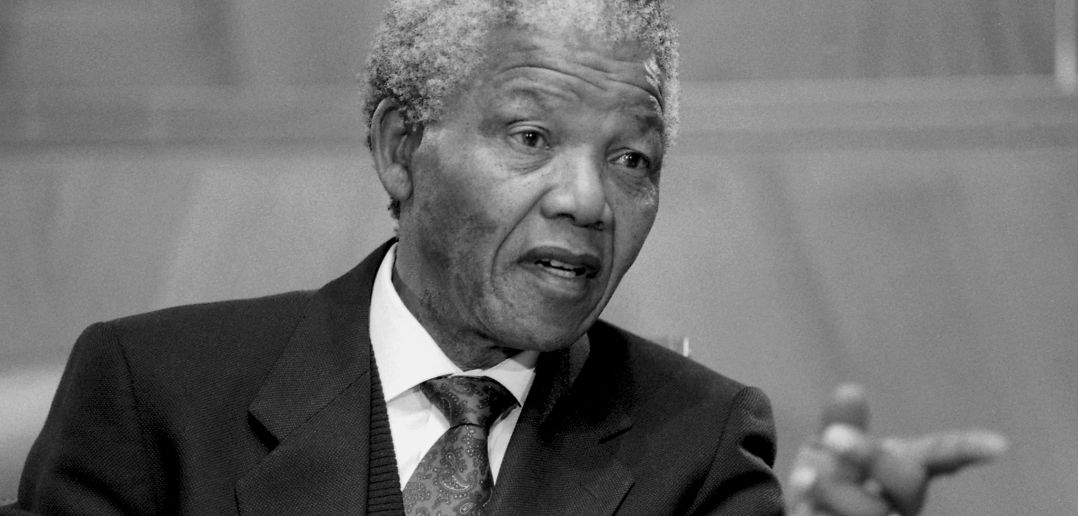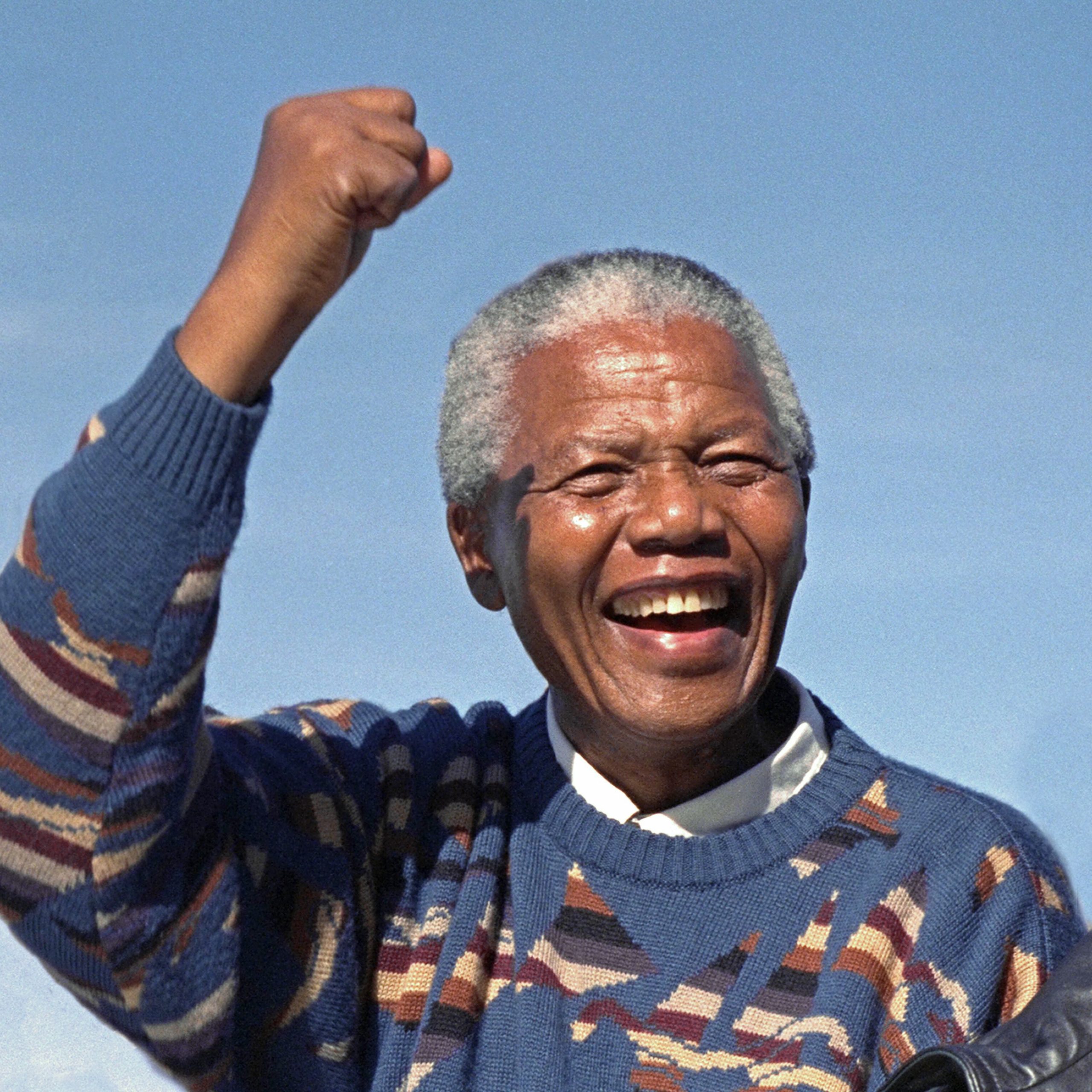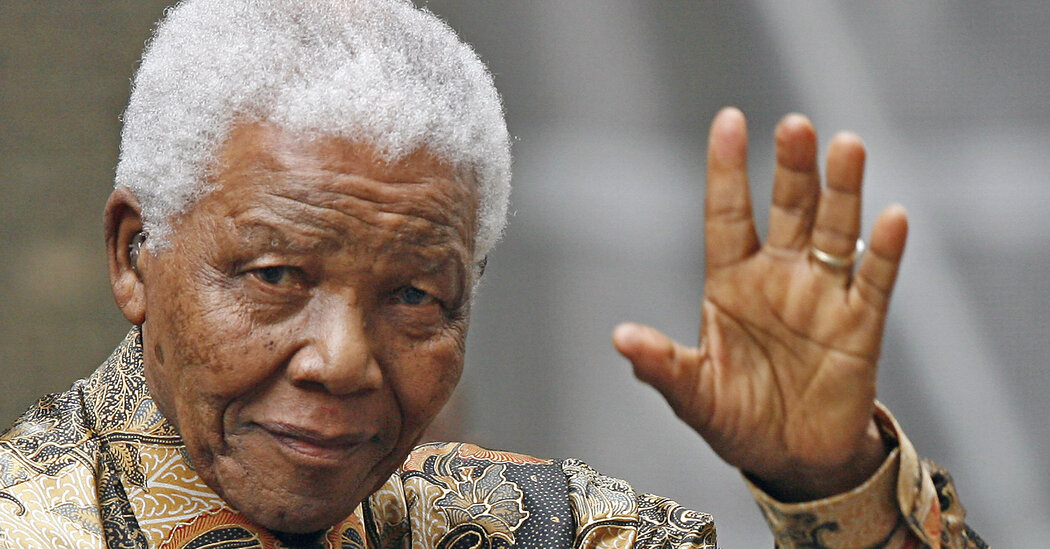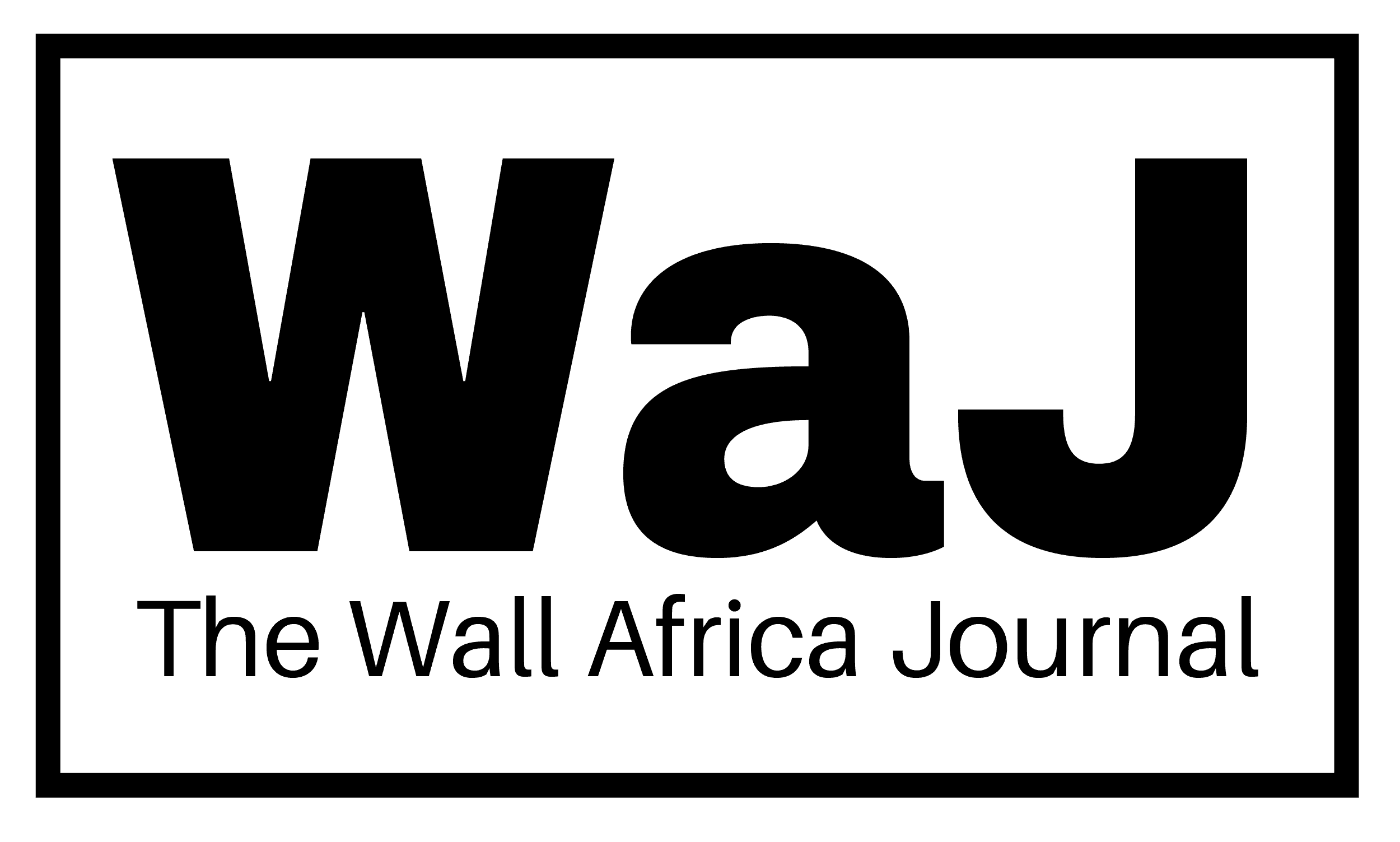Nelson Mandela was a South African freedom fighter, lawyer, and statesman who became a global symbol of resistance against oppression. He dedicated his life to dismantling the apartheid system that enforced racial segregation and inequality in South Africa.
Nelson Rolihlahla Mandela was born on July 18, 1918, in the village of Mvezo, in the Eastern Cape of South Africa. He belonged to the Thembu royal family. His father, Gadla Henry Mphakanyiswa, was a local chief and counselor to the Thembu king. After his father’s death, Mandela was placed under the guardianship of the acting regent, Chief Jongintaba Dalindyebo, who ensured he received a formal education.
Mandela attended Fort Hare University, but he was expelled for participating in a student protest. He then moved to Johannesburg, where he completed his BA degree through the University of South Africa and later studied law at the University of Witwatersrand.
Entry into Politics and Fight Against Apartheid
In 1943, Mandela joined the African National Congress (ANC), South Africa’s leading liberation movement. Along with Walter Sisulu, Oliver Tambo, and others, he founded the ANC Youth League (ANCYL) in 1944, aiming to energize the ANC and push for a more direct challenge to apartheid.
Mandela rose quickly through the ranks. In 1952, he led the “Defiance Campaign”, encouraging mass civil disobedience against apartheid laws. He traveled across South Africa rallying support and was arrested multiple times.
In 1955, Mandela participated in drafting the “Freedom Charter”, a visionary document demanding equal rights for all South Africans, regardless of race. This declaration later became a core part of the anti-apartheid platform.
In 1956, Mandela and 155 others were arrested and charged with treason. The trial lasted until 1961 and ended in acquittal for Mandela and his co-accused, but it tied him up legally and politically for years.

Shift to Armed Struggle
After the Sharpeville Massacre of 1960, where police killed 69 peaceful protestors, Mandela concluded that non-violent resistance was no longer enough. In 1961, he co-founded Umkhonto we Sizwe (“Spear of the Nation”), the ANC’s armed wing, which carried out sabotage operations against government targets. Mandela traveled across Africa and Europe seeking military training and financial support for the struggle.
Imprisonment Years (1962–1990)
In 1962, Mandela was arrested and sentenced to five years in prison for inciting strikes and leaving the country illegally. While already serving this sentence, he was put on trial again during the Rivonia Trial (1963–1964), charged with plotting to overthrow the government.
At the trial, Mandela delivered his famous “I am prepared to die” speech, saying he cherished the ideal of a democratic, free society and was willing to die for it. In 1964, he was sentenced to life imprisonment.
27 Years in Prison
Mandela spent 18 years at Robben Island, enduring harsh conditions and forced labor. Later, he was moved to Pollsmoor Prison and then Victor Verster Prison. Throughout his imprisonment, Mandela became the symbol of the anti-apartheid movement. International pressure on the South African government grew steadily over the decades, with calls for Mandela’s release becoming a global demand.

Liberation and Leadership (1990–1999)
On February 11, 1990, after 27 years behind bars, Nelson Mandela was released. He emerged determined to negotiate a peaceful end to apartheid rather than seek revenge.
Mandela led negotiations with President F.W. de Klerk that culminated in the dismantling of apartheid laws. These talks were fraught with difficulty, including violence between rival political factions, but Mandela’s commitment to peace was unwavering.
First Democratic Elections and Presidency
In 1994, South Africa held its first multiracial elections. The ANC won a landslide victory, and Nelson Mandela became the first Black president of South Africa on May 10, 1994.
Mandela’s presidency (1994–1999) focused on:
- National Reconciliation:
Mandela promoted forgiveness and unity. He initiated the “Truth and Reconciliation Commission” (TRC), led by Archbishop Desmond Tutu, to investigate human rights abuses during apartheid. - Constitutional Reform:
Under his leadership, South Africa adopted a new constitution in 1996, one of the most progressive in the world, guaranteeing equal rights for all citizens. - Economic Policies:
His government introduced measures to redress inequality, such as the “Reconstruction and Development Programme” (RDP), focusing on housing, healthcare, education, and employment for disadvantaged communities. - International Re-entry:
Mandela restored South Africa’s standing on the global stage, rejoining the Commonwealth and the United Nations, and winning the bid to host the 1995 Rugby World Cup, a symbolic moment of national unity.
One-Term Pledge
True to his word, Mandela served only one term, stepping down in 1999 to ensure a democratic transition of power.

Later Years and Legacy
After retiring from politics, Mandela continued to work on humanitarian causes through the Nelson Mandela Foundation, focusing on issues such as HIV/AIDS awareness and rural development.
He received numerous accolades, including the Nobel Peace Prize in 1993 (shared with F.W. de Klerk), and became a global symbol of peace, forgiveness, and resilience.
Nelson Mandela passed away on December 5, 2013, at the age of 95. His death was mourned worldwide.
What Mandela Brought to South Africa
- An End to Apartheid: He played a critical role in dismantling one of the world’s most brutal systems of racial segregation.
- Democracy: He guided South Africa’s peaceful transition to a democratic state.
- Reconciliation over Revenge: Mandela chose forgiveness over retaliation, healing a deeply divided society.
- Human Rights Leadership: His presidency enshrined human rights, equality, and dignity in South Africa’s legal framework.
- Global Inspiration: Mandela inspired worldwide movements for justice, showing that patience, moral leadership, and resilience can triumph over oppression.


